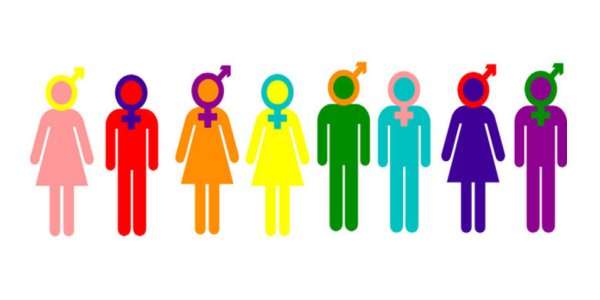Identity
Sexual Identity: Exploring Who You Are and How You Connect
Sexual identity refers to how individuals understand and express their sexual orientation, preferences, and desires. It’s not just about who you’re attracted to—it’s also about how you define yourself within the spectrum of sexuality and relationships.
In the context of sexual exploration, identity plays a vital role in shaping confidence, intimacy, and communication. Whether someone identifies as straight, gay, bisexual, pansexual, or fluid, their sexual identity helps them understand their emotions and sexual behaviors more deeply.
Unlike labels that categorize, sexual identity evolves through experience and self-awareness. It reflects how people relate to their bodies, fantasies, and the dynamics they form with partners. Within BDSM or fetish communities, identity can also include preferences like dominance, submission, or switch roles—each tied to how one feels emotionally and sexually fulfilled.
Embracing Fluidity and Self-Acceptance
Modern sexual culture recognizes that identity is rarely fixed. Many people experience shifts over time—what once felt right may later evolve. Understanding and accepting these changes fosters healthier relationships and a stronger sense of self.
Exploring your sexual identity is not about fitting into a box but about finding authenticity. Whether through experimentation, communication, or community, embracing your identity leads to more fulfilling and consensual intimacy.
FAQ
What does sexual identity mean?
Sexual identity is how a person defines their sexual orientation, desires, and emotional connections. It represents how they understand themselves within the spectrum of sexuality.
Can sexual identity change over time?
Yes. Sexual identity can evolve through experience, self-discovery, and emotional growth. Many people find their preferences or attractions shift naturally as they mature.
Is sexual identity the same as gender identity?
No. Sexual identity relates to who you’re attracted to, while gender identity concerns how you perceive yourself—male, female, both, or neither. They can exist independently.
Why is understanding sexual identity important?
It promotes emotional well-being and healthy intimacy. Knowing and accepting your identity helps build trust, confidence, and open communication with partners.
How does sexual identity relate to BDSM or fetishes?
In BDSM, identity can also define preference—dominant, submissive, or switch. These roles reflect how individuals express power, vulnerability, and pleasure within consensual dynamics.
















